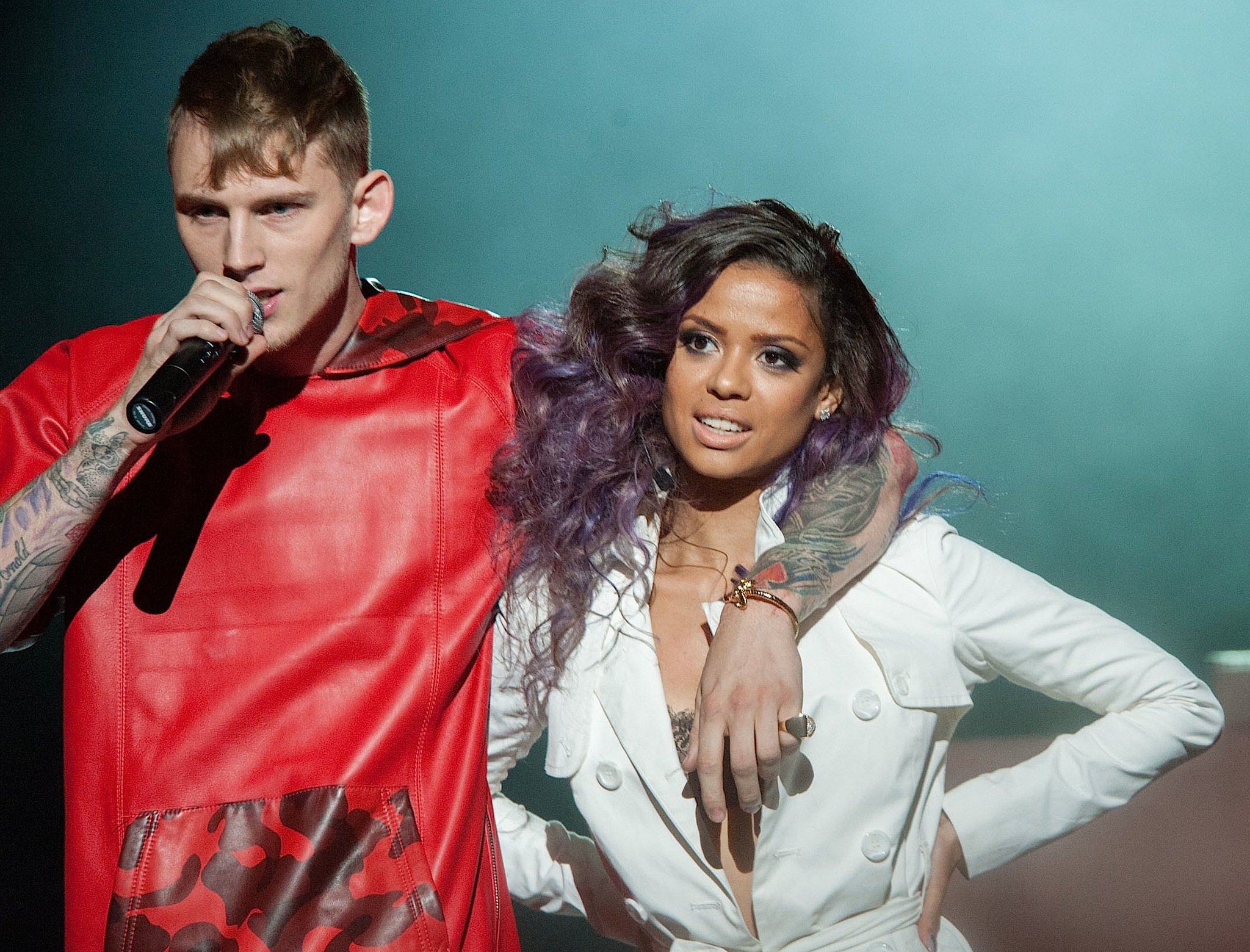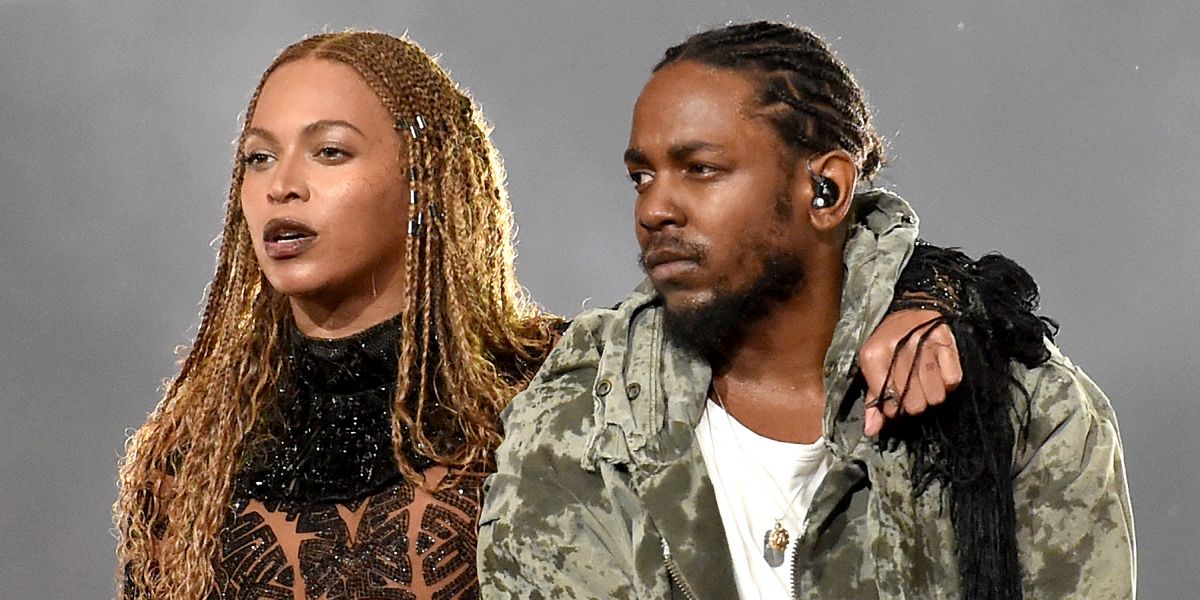Beyond the Lights
While Beyond the Lights sets up an opposition between rap and R&B, a recent collaboration suggests kinship and solidarity.
Viewing
- Beyond the Lights (Gina Prince-Bythewood, 2014)
After you enter your SWAN username and password, the film will open in Swank Digital Campus. - BET Awards: Beyoncé and Kendrick Take ‘FREEDOM’ to a New Level (bet.com)
Study Guide
Note that this guide is not meant to replace careful study of the assigned texts. Instead, this guide highlights some of the important ideas and information. To do well on our tests, quizzes, and class discussions, you will need a thorough knowledge of all assigned texts.
A question
Late in the film, Noni confronts her mother about the sexual exploitation she dealt with in the industry. She states, “You know, I always wondered, when I’d do a [photo] shoot or something and they’d tell me to hike my skirt up more or take my shirt off and I’d look to you to see if it was OK. And it was always OK.” Her mother gestures toward their expensive home and says,
Noni, it was OK….The song doesn’t make you. You make the song. It’s a game, right? You know that. It’s a game….We did what we had to do.
Do you agree with Noni or her mother?
Another question
The rapper/villain Kid Culprit is played by the European-American rapper Machine Gun Kelly. Why did the filmmakers choose to make the rapper white? How would the film’s meanings change if the character was Black?
Two comparisons
Beyond the Lights presents commercial rap music in a very negative light–Kid Culprit is its representative, and through him rap becomes the embodiment of the sexual degradation and violence that literally threatens Nomi’s life.
This depiction can be compared to the representation of women–both those included and those left out–in Straight Outta Compton.
And Beyond the Lights‘s contrast between commercial rap and R&B also can be compared with Beyonce’s collaboration with Kendrick Lamar on “Freedom.”

